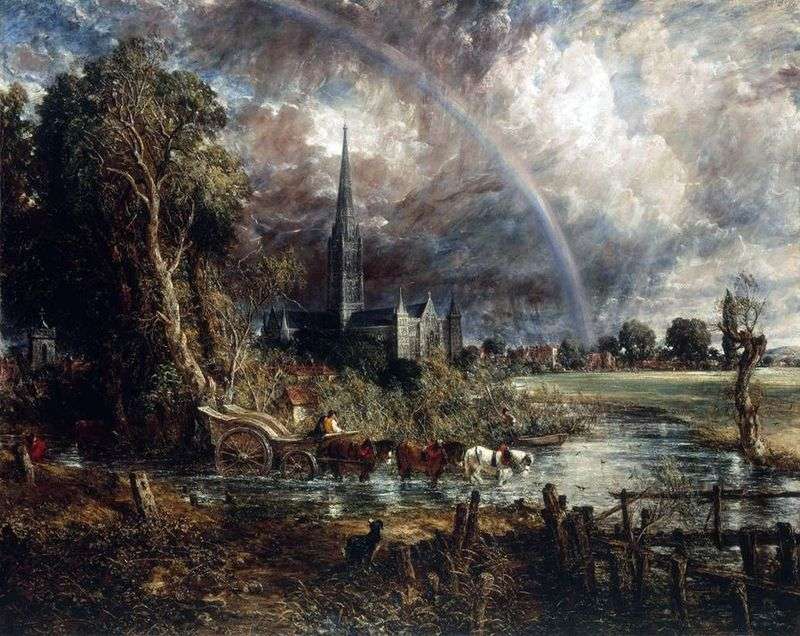
This view is the most dramatic canvas of Constable with a view of the cathedral in Salisbury. The idea of portraying the cathedral against the backdrop of a “storm” came to the artist in 1829, when he visited this place with John Fisher, but the picture was completed only in 1831. Moreover, the last corrections the artist made to it in 1835.
The plot of the picture – the church on a background of a stormy sky – had a special significance for both Fischer and Constable himself. In the early 1830s, an enlightened society talked a lot about the need to reform the English church. Constable, who was extremely conservative, took these “outrageous” conversations as an attempt to encroach on the most sacred of all public institutions in Britain. The rainbow depicted above the cathedral should, apparently, symbolize the artist’s hope that the reformers will be put in place, the hard times will pass, and the good old traditions will be resurrected.
The base of the rainbow Constable wrote right above the house of Fisher – most likely, as a sign of affection and respect for his old friend. You can note some oddities in the composition of this picture, although many details of the foreground were painted by the artist from the drawings he made on the Stur River. Attention is drawn to some disproportion between the big cart and the small houses that are visible behind it – they seem to have gone to the ground. These inaccuracies, however, did not embarrass Constable. He was very proud of this work and called it his “most impressive canvas”.
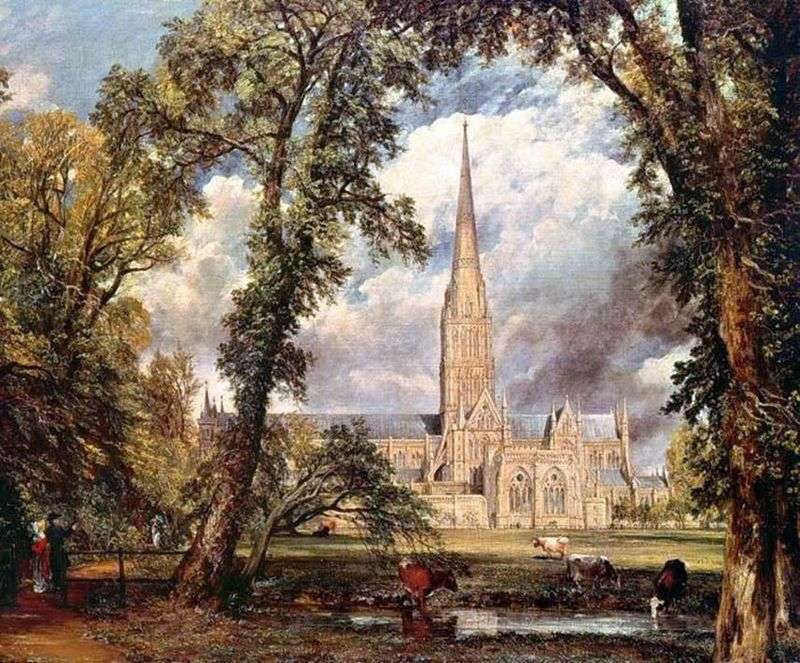 Cathedral in Salisbury by John Constable
Cathedral in Salisbury by John Constable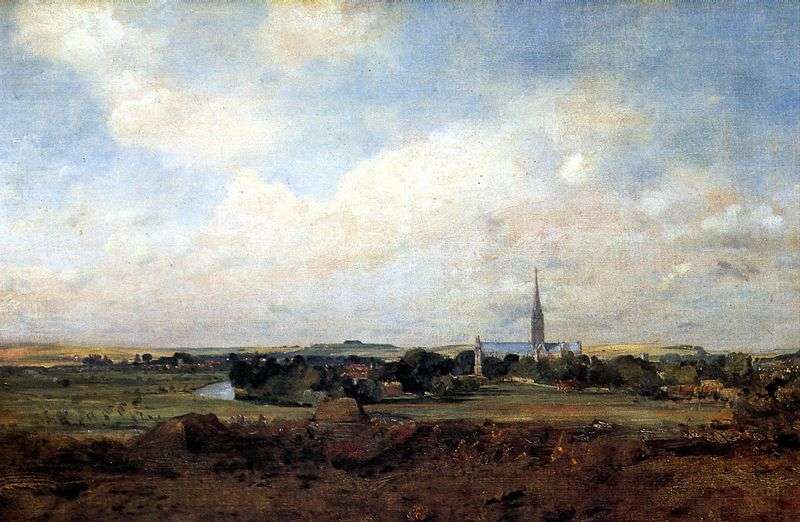 View of Salisbury by John Constable
View of Salisbury by John Constable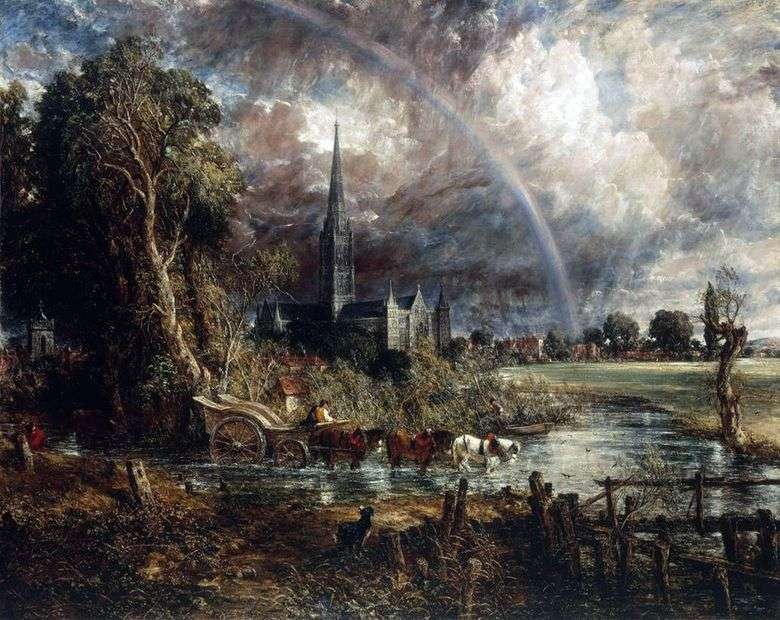 Vista de la catedral de Salisbury desde el prado – John Constable
Vista de la catedral de Salisbury desde el prado – John Constable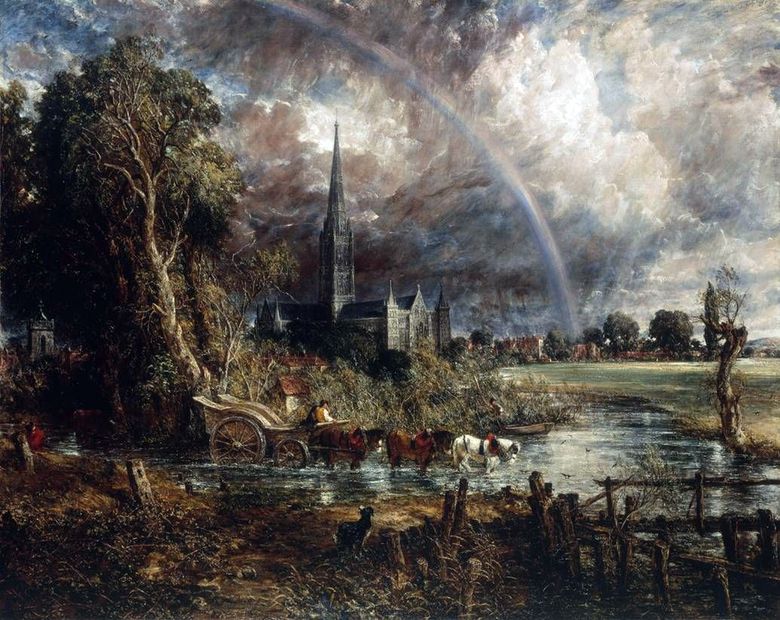 Vue de la cathédrale de Salisbury depuis le pré – John Constable
Vue de la cathédrale de Salisbury depuis le pré – John Constable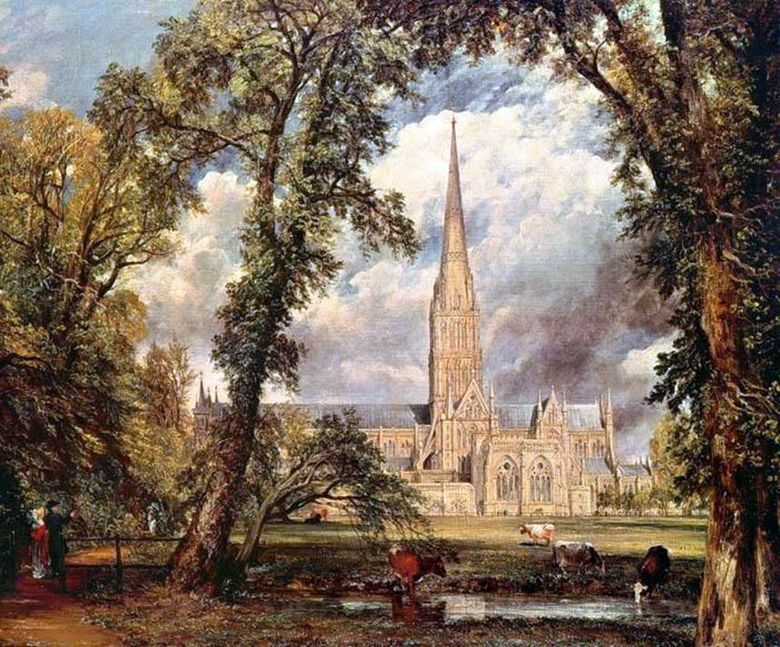 Cathédrale de Salisbury – John Constable
Cathédrale de Salisbury – John Constable Catedral de Salisbury – John Constable
Catedral de Salisbury – John Constable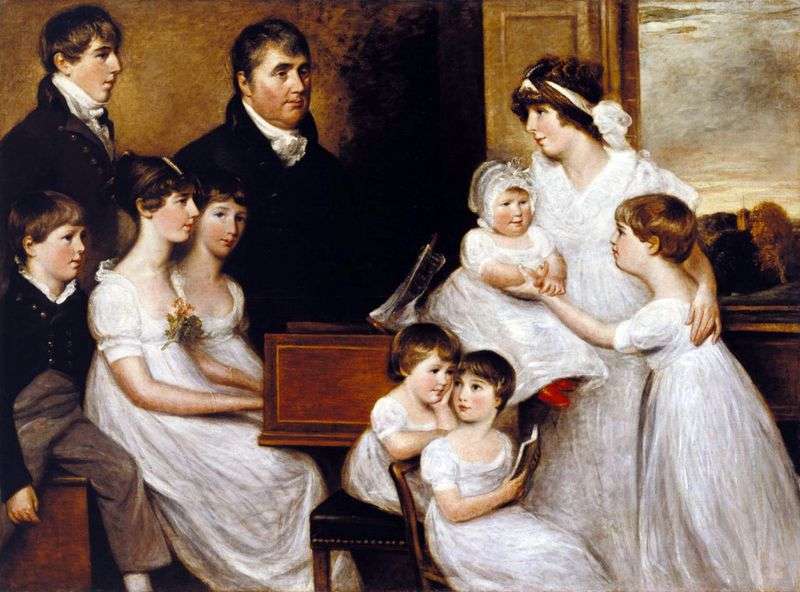 The Bridges family by John Constable
The Bridges family by John Constable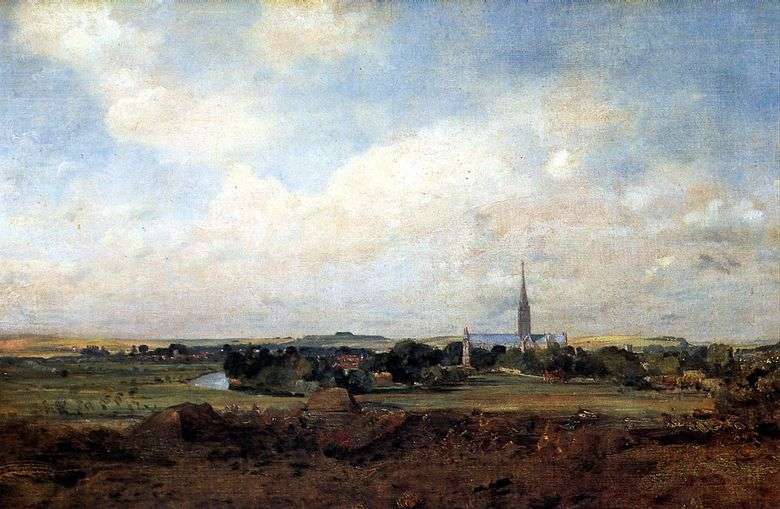 Vista de Salisbury – John Constable
Vista de Salisbury – John Constable